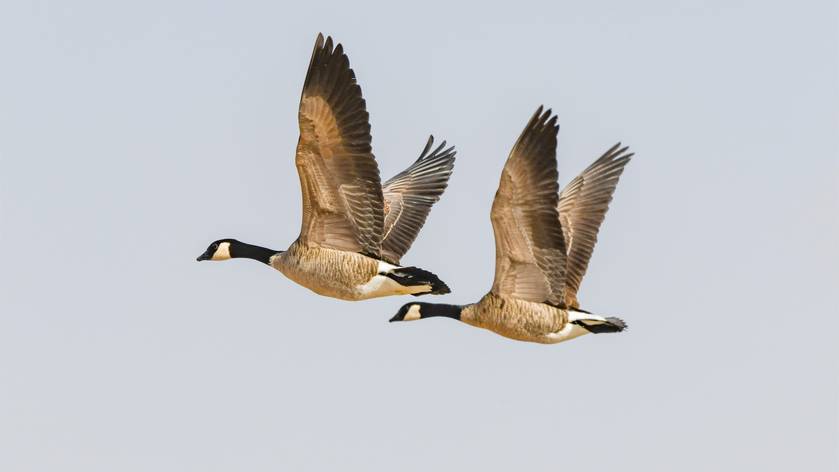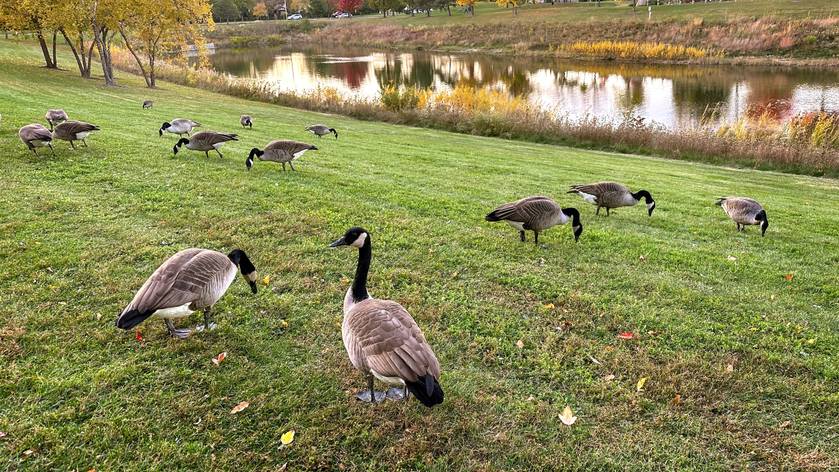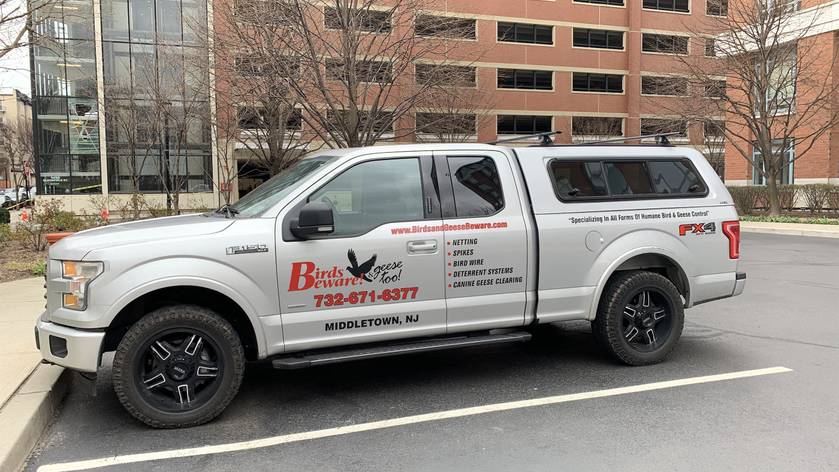Terrible Odor, Poor Exterior Appearance & More
Persistent bird presence can lead to terrible odors, which negatively impact the appeal and value of
properties. We prioritize the removal of birds and the application of deterrents to ensure the exterior
appearance of properties is not compromised. The goal is to maintain a welcoming environment for businesses
and residents alike.
Why Choose Birds and Geese Beware, Inc?
At Birds and Geese Beware, Inc., we pride ourselves on being a leader in bird control solutions and Canada
geese control. Our expertise spans across New Jersey, New York, and Connecticut, offering both residential and
commercial property owners efficient, humane methods to address avian issues.
Reputation: With years of experience, our reputation for success has grown significantly. We
are known for solving bird-related challenges, always prioritizing humane techniques that ensure the safety of
both the birds and our clients.
Consultation and Customer Service: Our approach begins with a comprehensive consultation to
understand the unique needs of each situation. We believe in exceptional customer service, guiding our
customers through every step of the bird control process with clear communication.
Bird Control Solutions: Our team specializes in a variety of bird deterrent services. This includes,
but is not limited to, preventing property damage from nesting and roosting birds. We customize our solutions
to tackle issues with pigeons, sparrows, starlings, swallows, seagulls, and more, using methods that are both
effective and ethical.
Canada Geese Control: Geese can present unique challenges, which is why we have developed
specialized techniques for their control and removal. Our methods include hazing, population control, and even
the use of specially trained dogs to humanely chase geese away, all of which comply with local wildlife
regulations.
We understand the importance of maintaining a balance between human activity and wildlife habitats. Hence,
our solutions are crafted with respect, diligence, and an unwavering commitment to customer satisfaction. Our
goal at Birds and Geese Beware, Inc. is to ensure that your encounters with birds remain pleasant, and your
properties stay free from damage and health risks associated with bird populations.
Canada Geese Control & Deterrent Services in NJ, NY, or CT
We understand the significant nuisance that Canada geese can pose in parks and urban areas across New Jersey,
New York, and Connecticut. At Birds & Geese Beware, Inc., our focus is on providing humane and effective
geese control and removal services tailored to both residential and commercial settings.











